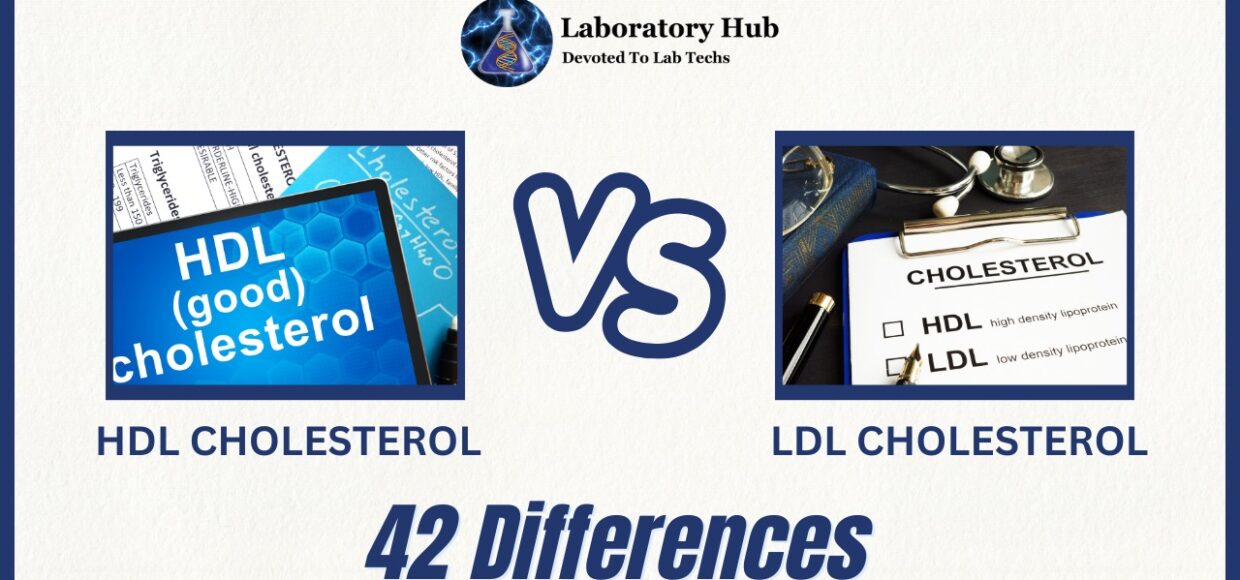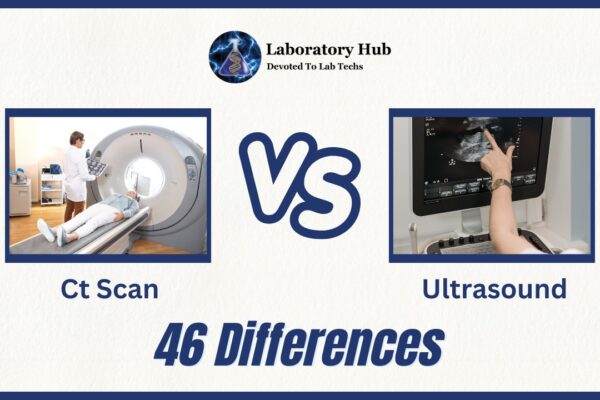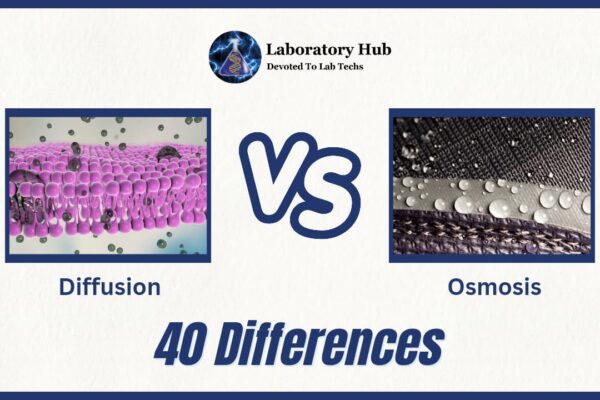42 Differences Between HDL And LDL Cholesterol
HDL and LDL are two types of lipoproteins that circulate in the bloodstream and transport cholesterol and other lipids. Cholesterol is required for many body activities, but having excessive levels of certain forms of cholesterol, notably LDL cholesterol, might increase the risk of heart disease.
HDL CHOLESTEROL
High-density lipoprotein cholesterol, or HDL cholesterol, is a kind of cholesterol transported in the bloodstream by high-density lipoprotein particles. Because of its beneficial benefits on heart health, it is commonly referred to as “good” cholesterol. HDL cholesterol serves an important function in the body by removing excess cholesterol from the bloodstream and delivering it to the liver for processing and elimination. Here are some of the important characteristics and benefits of HDL cholesterol.
To keep your HDL cholesterol levels healthy, live an active lifestyle that includes daily physical activity, a diet rich in vegetables, fruits, whole grains, lean proteins, and good fats, and avoiding smoking and excessive alcohol use. HDL cholesterol levels can also be influenced by genetics, age, and gender.
When determining cardiovascular risk, doctors frequently examine the total cholesterol to HDL cholesterol ratio. A lower ratio signifies a lower risk of cardiovascular disease. While having greater HDL cholesterol levels is generally helpful, having exceptionally high levels may not provide further protection and may be a symptom of an underlying disease.
LDL CHOLESTEROL
LDL cholesterol is an acronym that refers to Low-Density Lipoprotein cholesterol. It is a cholesterol-carrying molecule found in the bloodstream. Cholesterol is a waxy, fat-like molecule that is required for many body activities, including hormone generation and cell membrane construction. However, having high LDL cholesterol levels can trigger the development of atherosclerosis, a disease in which fatty deposits, including cholesterol, collect on the inner walls of arteries, causing them to narrow and harden.
LDL cholesterol is commonly referred to as “bad” cholesterol since high levels of it increase the risk of cardiovascular illnesses such as heart attacks and strokes. When LDL cholesterol levels are high in the bloodstream, these particles can penetrate and collect within the artery walls. This causes an inflammatory reaction, which results in the creation of plaque. This plaque can build up over time, narrowing the arteries and restricting blood flow to essential organs such as the heart and brain.
Also Read: Introns vs Exons- 25 Major Differences
S.No. | Aspect | HDL Cholesterol | LDL Cholesterol |
1 | Density | High-density lipoprotein | Low-density lipoprotein |
2 | Composition | Contains more protein and less cholesterol | Contains more cholesterol and less protein |
3 | Role | “Good” cholesterol | “Bad” cholesterol |
4 | Transport Function | Removes excess cholesterol from arteries | Carries cholesterol to cells and tissues |
5 | Atherosclerosis Risk | Associated with lower risk of atherosclerosis | Linked to higher risk of atherosclerosis |
6 | Cardiovascular Health | Protects against heart disease | Increases risk of heart disease |
7 | Cholesterol Clearance | Transports cholesterol to the liver for excretion | Deposits cholesterol in arteries |
8 | Influence on Blood Vessels | Helps keep blood vessels clear and flexible | Can lead to plaque buildup in arteries |
9 | Anti-Inflammatory Properties | Has anti-inflammatory effects | Promotes inflammation in blood vessels |
10 | Liver Interaction | Binds to liver receptors for removal | Binds to artery walls, contributing to plaque formation |
11 | Cholesterol Efflux | Promotes reverse cholesterol transport | Contributes to cholesterol deposition |
12 | HDL to Total Cholesterol Ratio | Higher ratio associated with lower risk | Lower ratio associated with higher risk |
13 | Lipoprotein Particle Size | Smaller, denser particles | Larger, less dense particles |
14 | Relationship to Heart Disease | Inverse relationship with heart disease risk | Direct relationship with heart disease risk |
15 | Triglyceride Influence | Generally inversely related to triglycerides | Can be influenced by high triglyceride levels |
16 | HDL-C Level Categories | Desirable: >60 mg/dL; Poor: <40 mg/dL | Optimal: <100 mg/dL; Elevated: >160 mg/dL |
17 | Lifestyle Influence | Increased by exercise, healthy fats, and moderate alcohol consumption | Increased by saturated fats and sedentary lifestyle |
18 | Hormone Production | Involved in hormone production and function | Not directly involved in hormone production |
19 | Cardiovascular Disease Risk | Lower risk of cardiovascular disease | Higher risk of cardiovascular disease |
20 | Target of Medications | Generally not targeted by medications | Often targeted by lipid-lowering medications |
21 | Metabolic Role | Helps remove excess cholesterol from cells | Contributes to cholesterol buildup in cells |
22 | Health Impact on Blood Vessels | Beneficial for endothelial health | Associated with endothelial dysfunction |
23 | Metabolism in Liver | Returns cholesterol to liver for processing | Metabolized in the liver |
24 | Genetic Factors | Genetic mutations can affect levels | Genetic factors can affect levels |
25 | Influence on Arterial Plaque | Inhibits plaque formation | Contributes to plaque formation |
26 | Relationship to Stroke Risk | Inverse relationship with stroke risk | Modestly associated with stroke risk |
27 | Role in Inflammation | Associated with anti-inflammatory effects | Associated with inflammation and oxidation |
28 | Medical Interventions | Often associated with positive outcomes | Focus of interventions to lower levels |
29 | Role in Lipid Metabolism | Supports reverse cholesterol transport | Involved in lipid metabolism |
30 | Cardioprotective Effects | Has cardioprotective effects | Lacks cardioprotective effects |
31 | Lipid Profile Interpretation | High HDL levels are generally favorable | High LDL levels are generally unfavorable |
32 | Impact on Blood Viscosity | Can have a positive impact on blood viscosity | May increase blood viscosity |
33 | Hormonal Regulation | Involved in hormone synthesis and regulation | Not involved in hormone synthesis |
34 | Diet and Nutrition | Beneficially influenced by healthy fats and oils | Negatively influenced by saturated fats and trans fats |
35 | Role in Reverse Cholesterol Transport | Facilitates movement of cholesterol from peripheral tissues to liver | Not involved in reverse cholesterol transport |
36 | Health Impact on Arteries | Can help keep arteries clear and flexible | Can lead to hardening and narrowing of arteries |
37 | Oxidation Susceptibility | Less susceptible to oxidation | More susceptible to oxidation |
38 | Genetic Disorders | Low HDL levels associated with certain genetic disorders | Elevated LDL levels associated with certain genetic disorders |
39 | Dietary Impact | Can be improved by healthy dietary choices | Can be worsened by unhealthy dietary choices |
40 | Cardiovascular Event Risk | Inversely related to cardiovascular event risk | Directly related to cardiovascular event risk |
41 | Impact on Plaque Stability | May stabilize plaque in arteries | May contribute to unstable plaque |
42 | Medical Interventions | Often associated with positive outcomes | Focus of interventions to lower levels |
Also Read: B Cells vs T Cells- Definition and 25 Key Differences
Frequently Asked Questions (FAQs)
LDL cholesterol transports cholesterol from the liver to cells all over the body. When LDL cholesterol levels are high or oxidised, it can cause plaque to build in arteries, narrowing them and raising the risk of heart disease.
A greater amount of HDL cholesterol in adults is typically thought to be preferable. A HDL level of 60 mg/dL or more is commonly thought to be protective against heart disease, whereas values less than 40 mg/dL (for men) and 50 mg/dL (for women) may be associated with an elevated risk.
The ideal level of LDL cholesterol varies according to an individual’s risk factors. Lower levels are generally preferable. A LDL level of less than 100 mg/dL is advised for persons at low risk. A LDL level of less than 70 mg/dL may be sought for people at higher risk, particularly those with pre-existing cardiac problems.
HDL levels are heavily influenced by lifestyle variables. Regular exercise, eating healthy fats (such as those found in olive oil, avocados, and almonds), and minimising trans fats can all help improve HDL levels.
Yes, genetics do influence how your body processes cholesterol. Even if they live a healthy lifestyle, some people may have a genetic susceptibility to high cholesterol levels.







